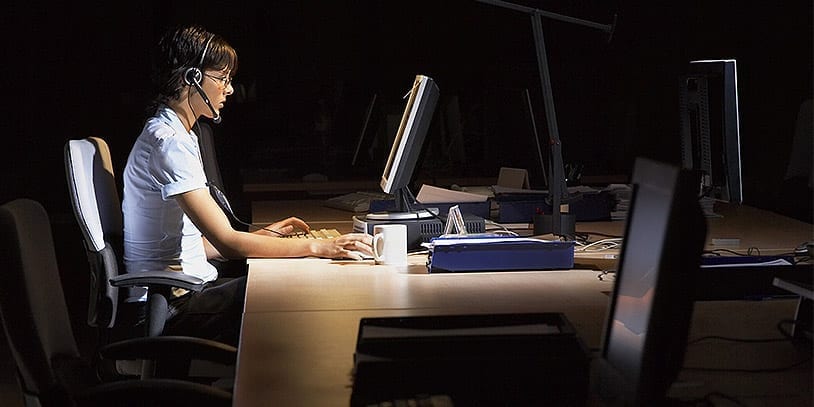
Understand what BAD BUBBLE is
We spend 90% of our time indoors, without enough daylight or fresh air. We don’t think about it anymore – but science has shown that it can be harmful to our health and well-being.
The disturbs generated by Bad Bubble
-
At home, we managed to isolate ourselves from the uncertainties and discomfort of the natural world, but in many ways this proved to be a failed victory. Today, 84 million Europeans live in buildings so damp and musty that they are a potential threat to physical and mental well-being. This indoor air can cause a whole range of illnesses, from headaches and eye pain to allergies and asthma. People are 40% more likely to have asthma when living in a humid environment.
-
Lack of direct sunlight also causes health problems such as vitamin D deficiency, which can contribute to feelings of tiredness, fatigue and low mood. Experts also estimate that up to 30% of the world's population suffer from different levels of SAD (Seasonal Affective Disorder or Winter Depression). The exact cause of SAD is not fully understood, but is often associated with reduced exposure to sunlight.
-
Indoor air is polluted by a seemingly endless list of sources. It's everything from excess CO2 to humidity, from generating pollutant gases to heating materials.

-
Without action, these problems will only get worse. That's why it's so important for all of us to rethink the way we live indoors. From ordinary people to designers and architects, from industry to large retail areas, we all have a responsibility to do everything we can to ensure that our works have a healthy environment. We have to start building differently, to live differently.
-
Some solutions are simple, some more elaborate and others require fundamental changes in society. But that can be done - acting now, together.




